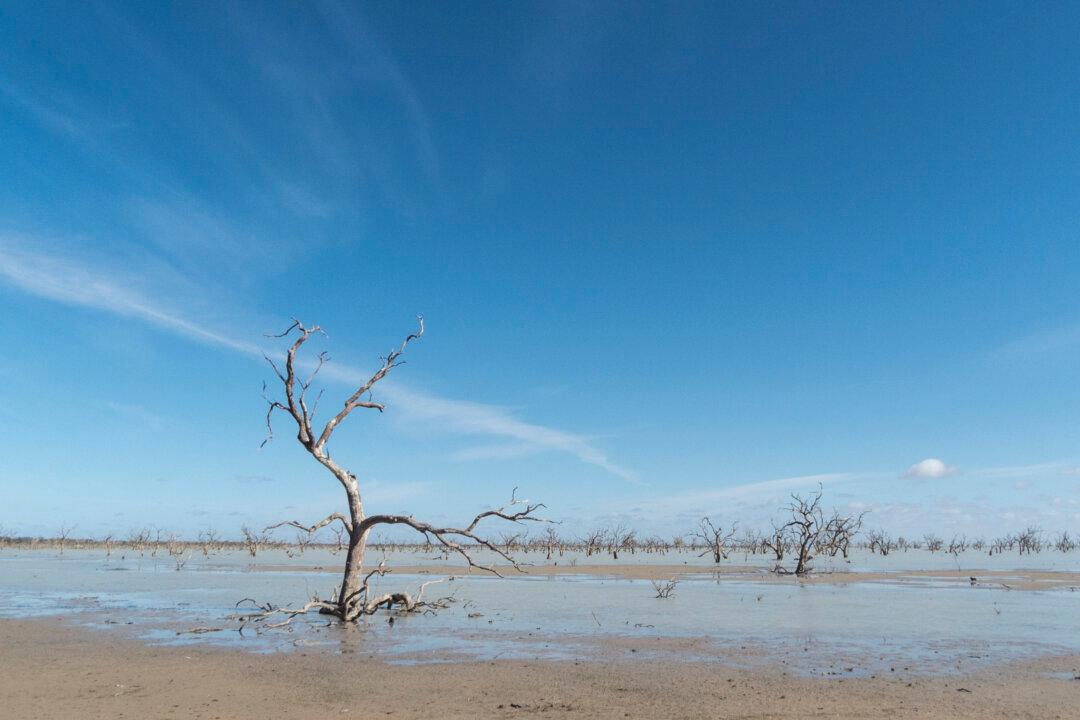The fact that drought kills trees is well known. But a new study of nearly 29,000 trees at two research forests in North Carolina shows the effects can be far more long-lasting than experts once thought.
“This is the first research to show that declines in tree growth during a drought can significantly reduce long-term tree survival in Southeastern forests for up to a decade after the drought ends,” says Aaron Berdanier, a PhD student in forest ecology at Duke University’s Nicholas School of the Environment.
Of the trees that were affected by drought and failed to recover, 72 percent were dead within the decade.

